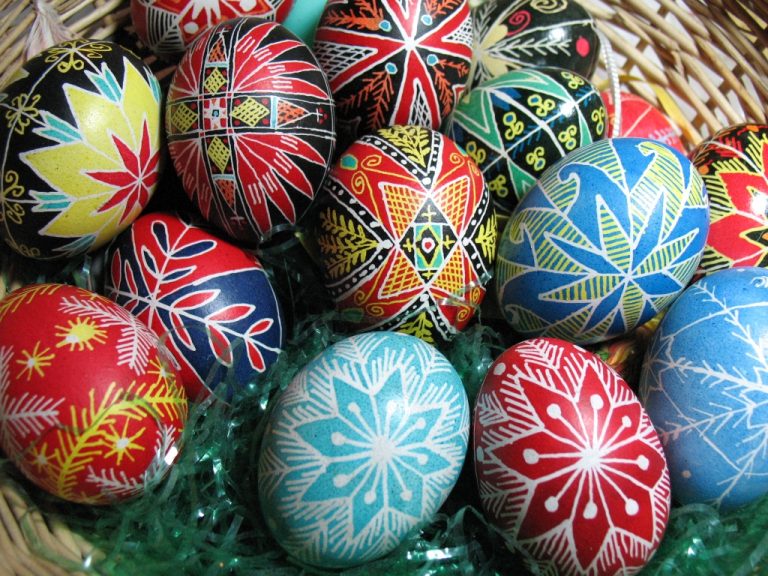As the dog days of summer descend upon us, we are lucky to have the option to seek refuge in air conditioned spaces; but how did our ancestors beat the heat? With looming threats of energy shortages and power loss, we may do well to review the various traditional methods for keeping cool — both indoors and out — that don’t require electricity.
Earthen homes
From the caves of the most primitive people to the castles of medieval times, other than nomadic tribes, our ancestors have utilized stone and earth to maintain moderate indoor temperatures.
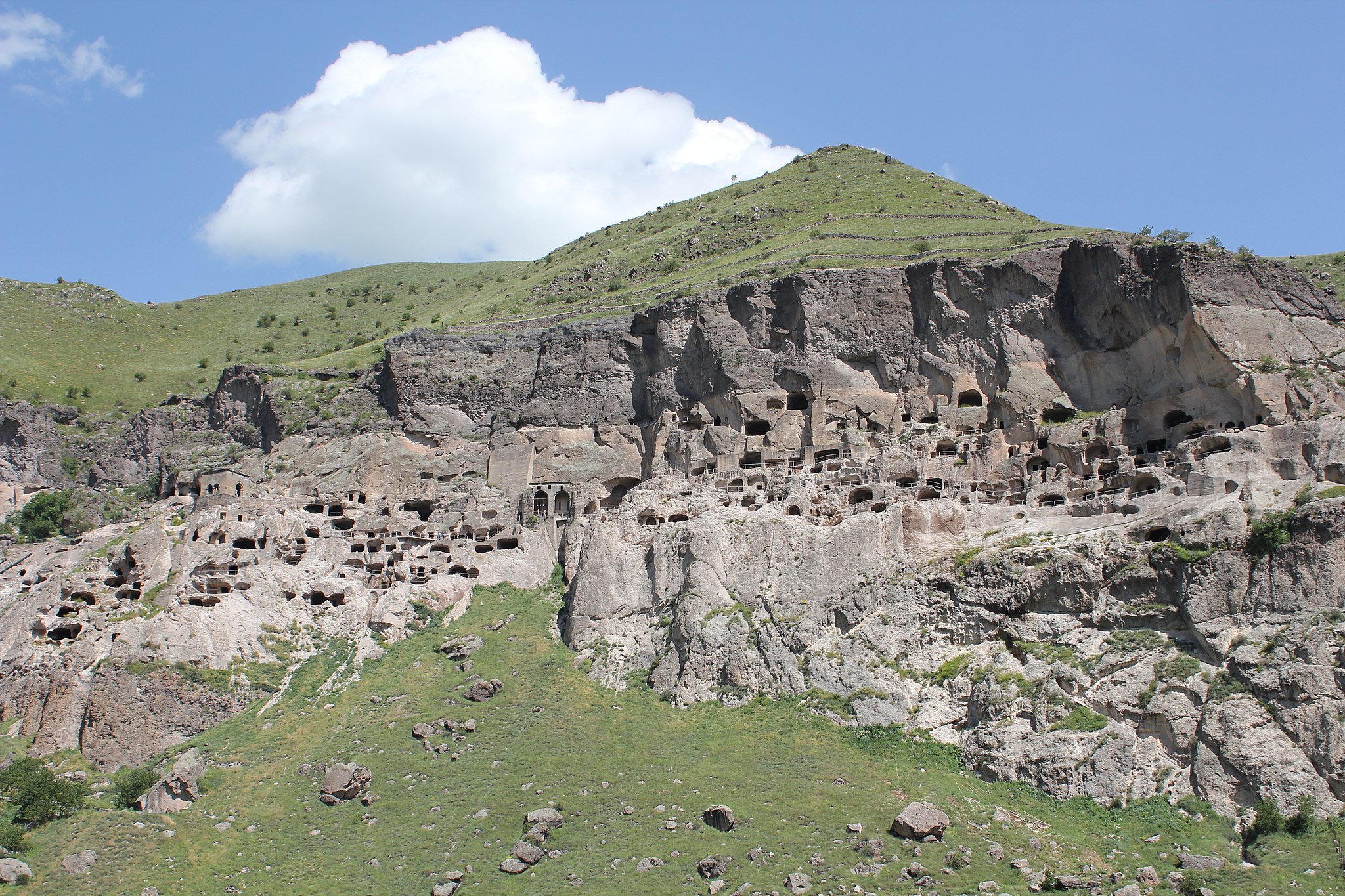
Subterranean dwellings have been around for millenia, constructed by people across the globe. From the Mesa Verde cliff dwellings of the Anasazi found in Colorado, to the Bandiagara Escarpment in Mali, and the 12th century Vardzia in the mountainous country of Georgia; homes, monasteries, and entire cities have been built underground.
Ancient cave dwellings known as ‘yaodong’ are found in the northern provinces of China, especially along the cliffs of the Yangtze River, and China’s Fujian province boasts an impressive 46 sites with earthen ‘tulou.’ Described by UNESCO as “exceptional examples of a building tradition and function… [in a] harmonious relationship with their environment,” their massive walls built from natural, local materials help buffer extremes in temperature.
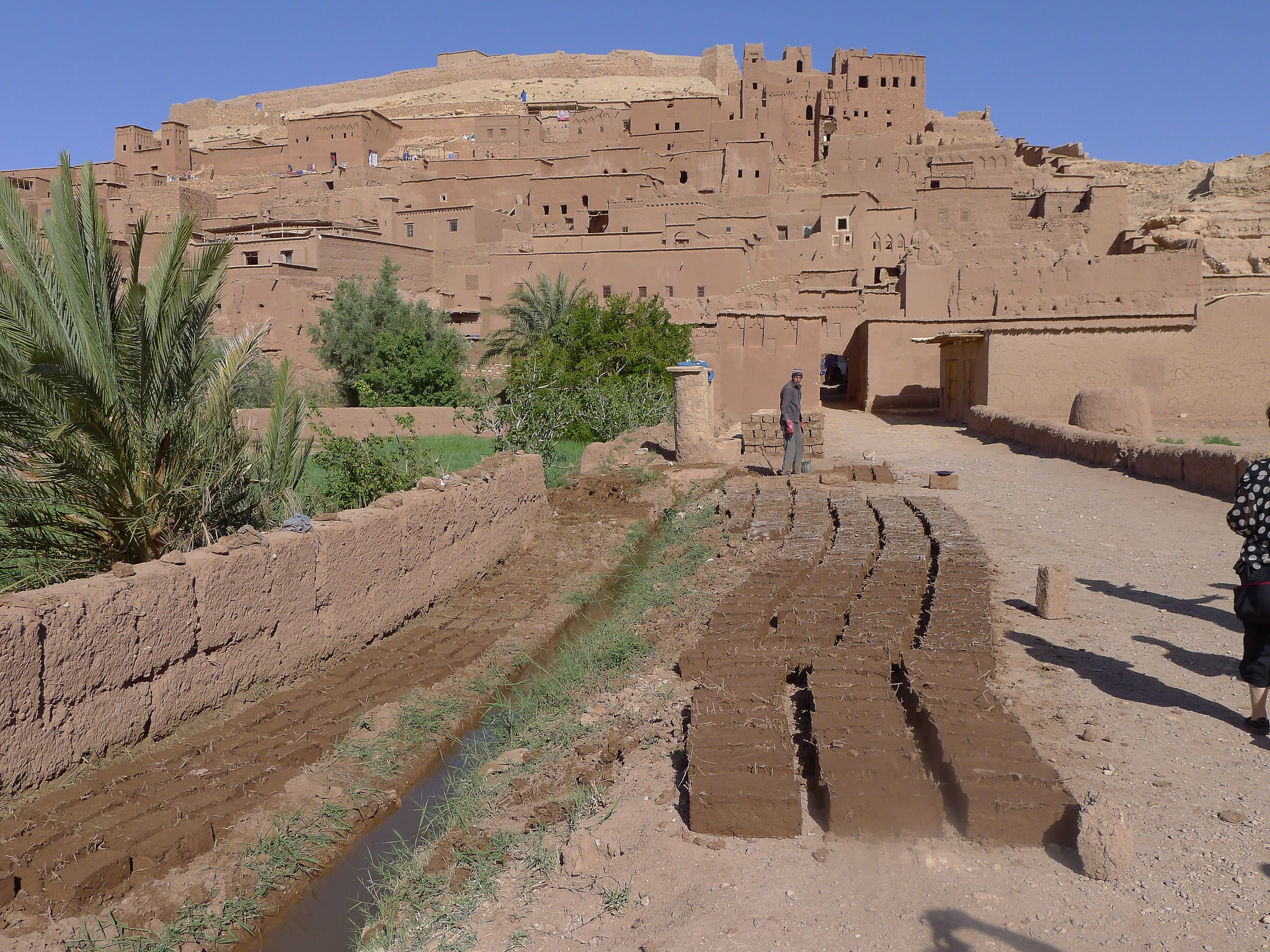
The adobe homes built by the Pueblo indians are a similar energy-efficient dwelling common to America’s Southwest. These buildings are constructed from sun-dried bricks made of clay, sand, organic matter and water.
Success
You are now signed up for our newsletter
Success
Check your email to complete sign up
Bricks are one of the oldest known building materials, dating back to the Mesopotamian era of 7000 BC. Bricks were sundried up until around 3,500 BC, when the practice of firing bricks began. The use of fired brick began to spread with the introduction of mobile kilns during the Roman empire.
The high thermal mass of brick and stone allows the material to absorb and store solar heat during the day. The stored heat radiates out as the ambient temperature drops. Thick walls — upwards of two feet — or double walls with insulation in between are key to preventing thermal mass from working against you.

Ancient Chinese cooling mechanisms
The fan, of course, is regarded as a Chinese invention; but it is not only the hand-held fan that originated in China. Mechanical rotating fans were developed as early as the Han Dynasty (206 BC–220 AD). They were operated by hand to produce cool air, mainly for the imperial family.
As far back as the Tang Dynasty (618-907), people had come up with a not-so-primitive air conditioning system. “Cool rooms” were built beside a stream, where running water could either drive a fan which sent cool air into the structure, or be mechanically transported to the roof where it would drip down, cooling the air that came in with a breeze.
Even before that, in the Zhou Dynasty (1046-256 BC), officials had ice harvested during the winter months to be insulated, stored and divided amongst the ministers during the summer months. It wasn’t until the Northern Song Dynasty (960–1127), that ordinary people were collecting ice to store in cellars for cooling summer drinks.
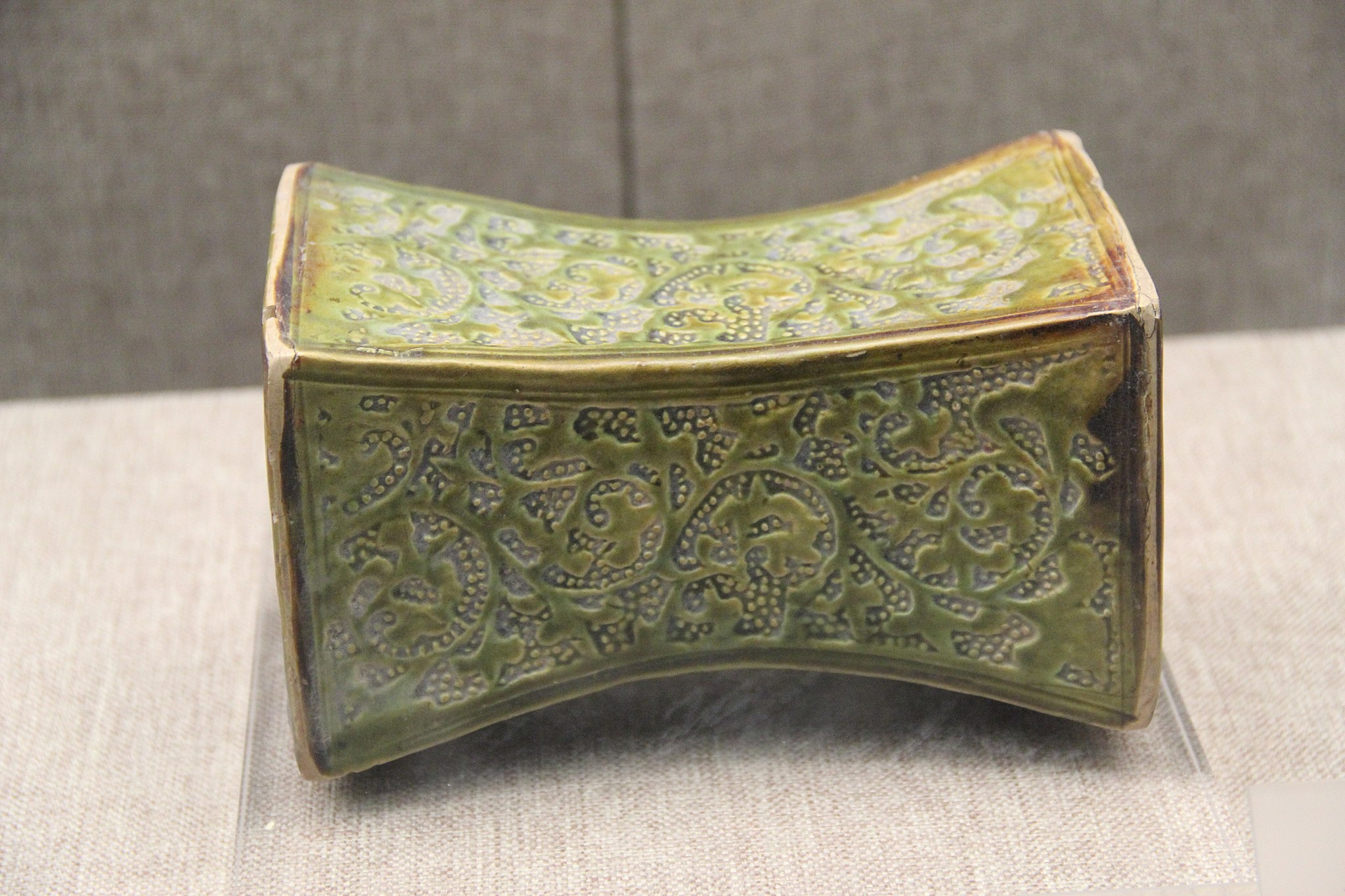
The porcelain pillow may not sound comfortable, but it ensured a cool slumber. In fact, in ancient China it was believed that soft pillows were too comfortable for our own good. They sapped the body’s energy and did nothing to keep demons away.
The earliest known pillows from ancient Mesopotamia were made of stone, while the smooth porcelain pillow was introduced in the Sui Dynasty (581-618). The beautifully designed headrests became increasingly popular through the Song Dynasty (960-1279), and many of the fine specimens found today are from this period.
Personal habits to beat the heat
In many ways, our behavior will affect our comfort level when the temperature rises. If we take a look at traditional adaptations for dealing with heat, we might adopt similar habits.
Not surprisingly, keeping cool even in the early days often involved water. To get a good night’s rest in the Arizona heat before air-conditioning, people soaked their bed sheets before retiring, or they might opt to sleep outside. Wet cloth over the windows helped keep the baking sun out of the house, and for portable relief, one might don a wet hat or a damp towel around the neck.
Siestas, or mid-day naps, are common in warm climates like the Mediterranean and Latin America. The practice is said to have originated in ancient Rome, where it was called ‘riposo.’ The body expends a lot of energy just to keep cool, so resting during the hottest part of the day gives your body a break and allows you to take advantage of the hours when you are naturally more active.
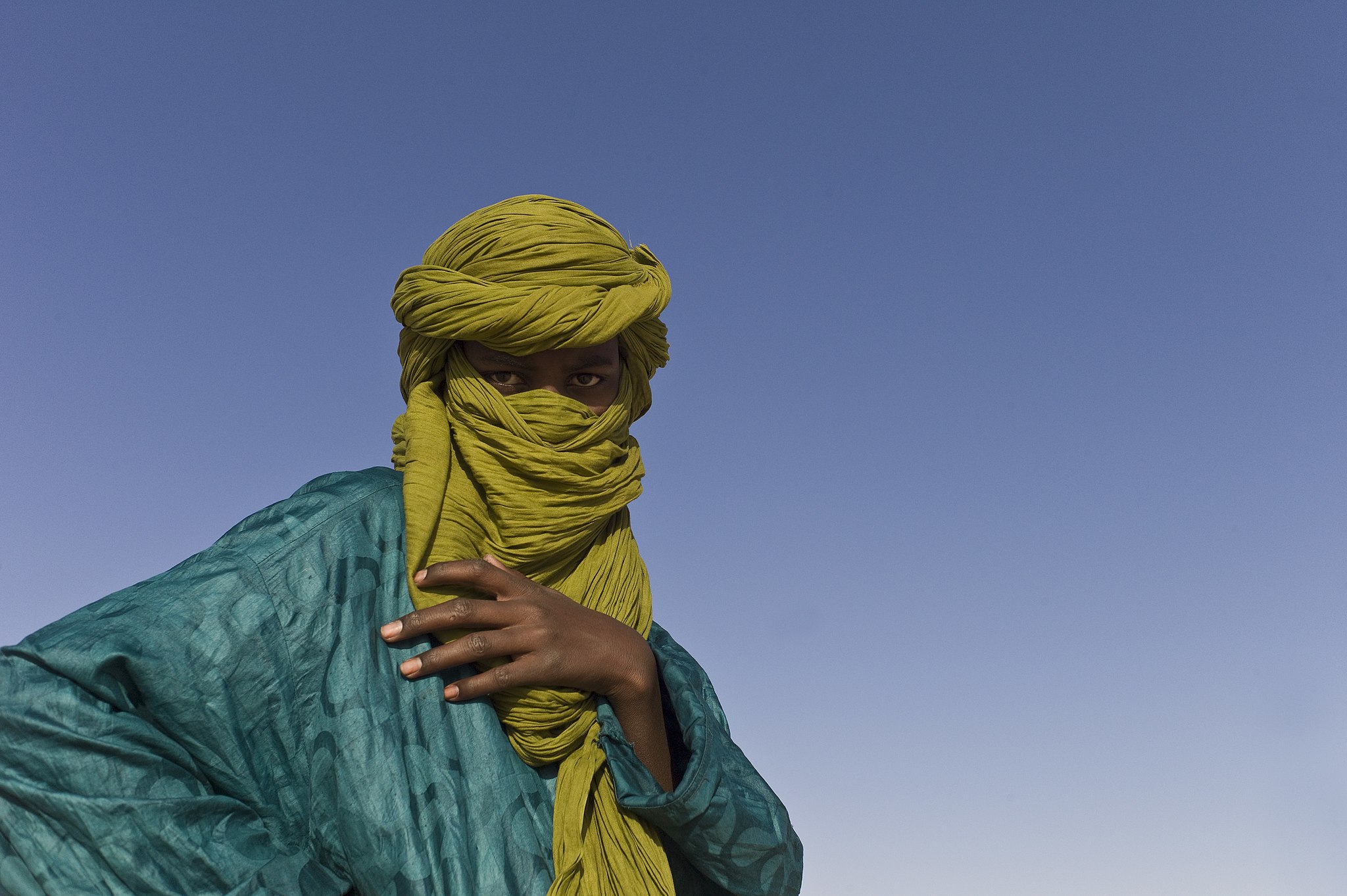
While one may guess that desert dwellers cover themselves from head to toe as protection from the sun, the practice has another important benefit. Wearing long, loose-fitting clothing — preferably white — helps slow the evaporation of sweat, thereby preserving your own cooling mechanism.
While we may be accustomed to wearing wool for winter warmth, this natural insulator works both ways. Bedouin in the Sahara Desert wear ‘galabeya’ — long dresses made of thin wool — and their tents are made from tightly woven goat hair, which protects against both sun and rain.
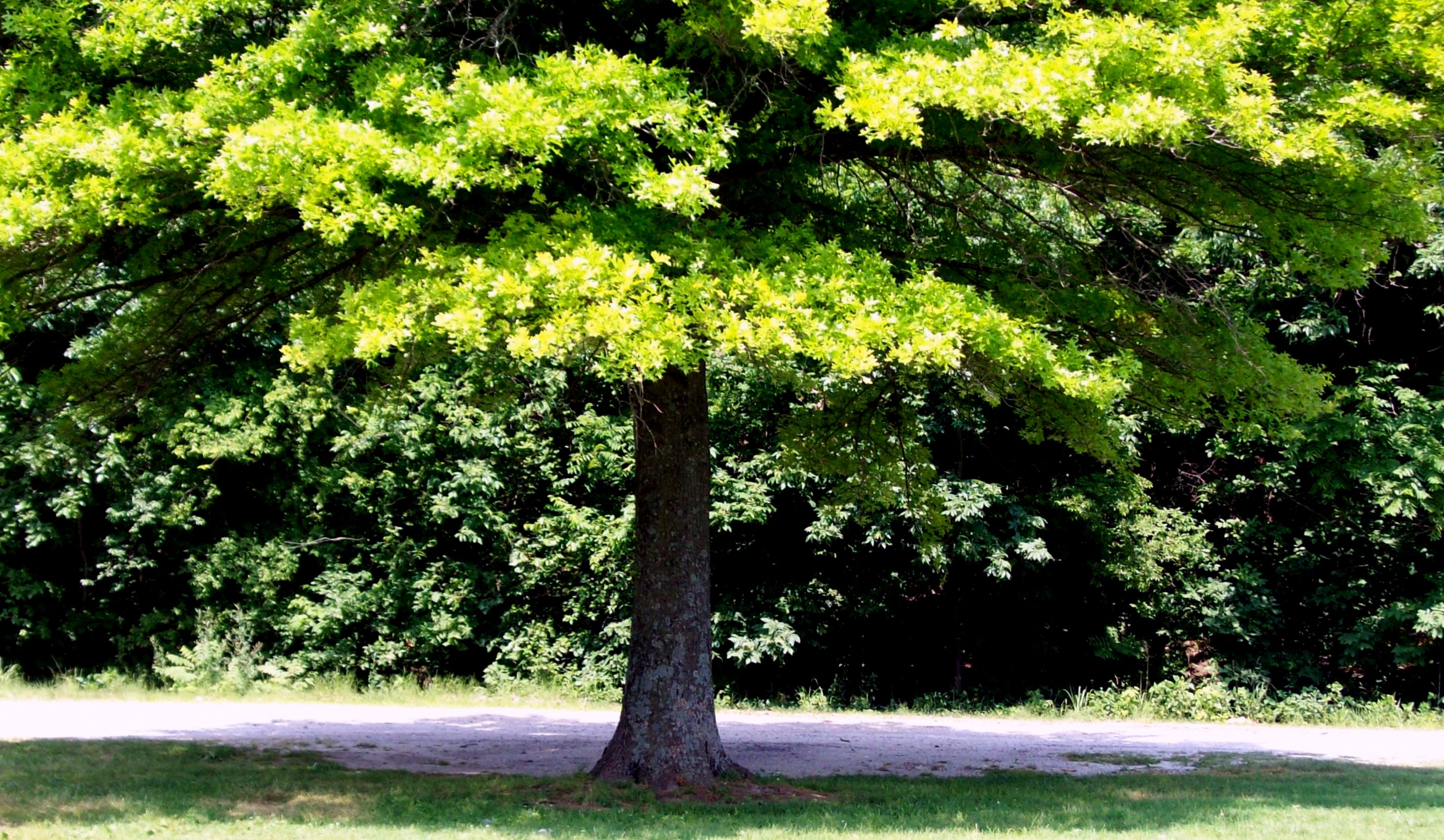
Having the foresight to plant deciduous trees around one’s home provides cooling shade in the summer without blocking the sun in the winter. Some trees can grow incredibly fast, so don’t think it’s too late for this green approach. Quaking aspen, Red maple and Red oak all make fine shade trees and are relatively fast growers.
Cooling foods
It goes without saying that one should stay hydrated in the heat; but there are also a number of foods that can rehydrate with the added benefit of a natural cooling effect.
According to Traditional Chinese medicine, seasonal and tropical fruits like melons, strawberries, kiwi, banana and avocado; vegetables like leafy greens, cucumbers, celery, and broccoli; and proteins like fish, tofu, mung beans and pork are helpful for maintaining balance and keeping a cool head.
Refreshing teas can be doubly delicious when made with cooling herbs like fennel or any variety of mint. Lemon water and other citrus-infused beverages are not only refreshing, but also help remove toxins from the body. Coconut water is a sweet way to replenish nutrients.

You may have noticed that people from hot climates tend to enjoy spicy foods. There is a logical reason behind this.
Many spices are antimicrobial, and can act as a preservative. Since different cultures’ cuisines developed long before refrigeration, populations living in hotter regions became accustomed to eating their foods spicy to minimize bacteria and viruses.
More to the point, spicy foods induce sweating — especially in the face — thus creating an overall cooling effect on the body. Ironically, chilled foods have the opposite effect, and cause the body to work to restore warmth.
By this reasoning, rather than an ice cream or a frozen drink, you may do better by opting for an Indian curry or ma po tofu in the summer!











